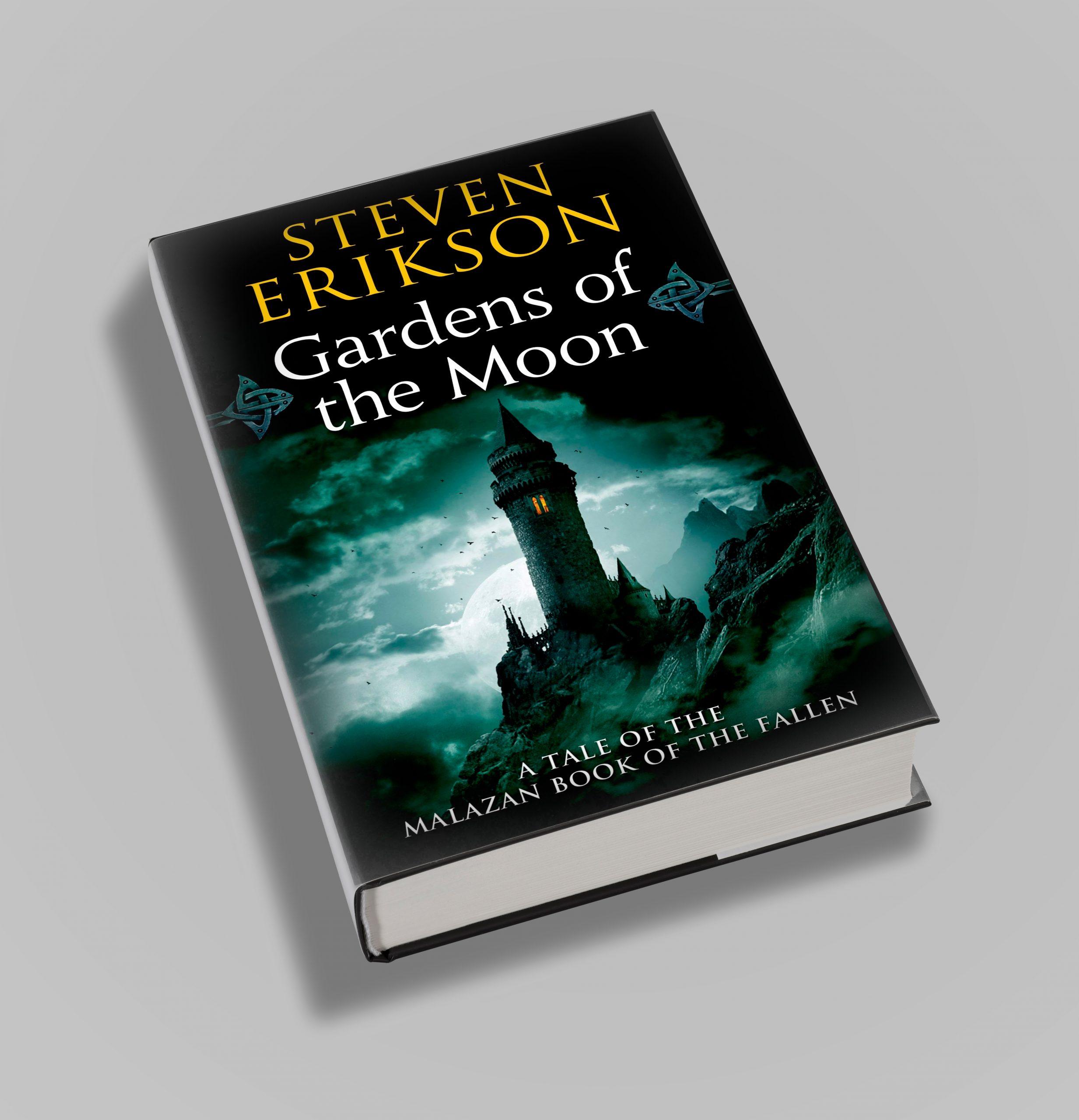
“Gardens of the Moon,” written by Steven Erikson and published in 1999, is the first installment in the Malazan Book of the Fallen series and lays the foundation for the rest of the series to build on.
Initially written years before the following books, “Gardens of the Moon” features a much tighter focus narratively than the others. The story centers primarily around The Bridgeburners, a squad of soldiers in the Malazan Army and their exploits during a particular campaign.
Drawing inspiration primarily from Glen Cook’s “The Black Company,” character interactions are the primary focus of many chapters. The squad members of the Bridgeburners define themselves through their interactions with one another.
These interactions are written naturally and come across with the familiarity of friends that have fought together for years. Erikson’s rich characterization extends to every character within the story, creating a compelling read no matter whose point of view the reader is experiencing.
“Gardens of the Moon” matches the rest of the series very well.
The darker elements of the narrative are present from the first few chapters. Erikson wastes no time establishing the danger and brutality of the war that the characters find themselves in.
Despite not matching the scope of later books, “Gardens of the Moon” maintains the complex narratives and interweaving of numerous plotlines.
Some of these plotlines persist even several books later in the series. The world of the Malazan series is equally complex to match these narratives, despite only being the first of the series.
Many mysteries and complex histories are scattered throughout the world, alluded to in brief glimpses and inviting the reader to continue reading.
Whether it be the brief insights into the enigmatic gray-skinned Tiste Andii or the brutal succession war within the Malazan Empire, Erikson does well to capture his readers with well-placed pieces of compelling worldbuilding.
Several plotlines run throughout the novel. One revolves around Ganoes Paran, assigned to the Bridgeburners, joining his squad on the frontlines to march on Darujhistan to infiltrate and cripple the city.
Another revolves around a young thief within Darujhistan, Crokus, and explores the complex political machinations of the city as it prepares for an invasion.
The last major plotline involves the resurrection of an ancient tyrant bent on destroying the entire city, greatly expanding the novel’s world and triggering the climactic final sequence of the story.
The other subplots within the novel generally support the main storylines while offering exciting looks into the wider world.
“Gardens of the Moon” is an exciting book in many ways. As a self-contained story initially written, it is a fantastic piece of dark fantasy.
In context with the rest of the series, “Gardens of the Moon” is remarkable, if somewhat different, introduction to what is one of the best series in modern fantasy.
The already impressive worldbuilding and characterization throughout the novel are only improved in later entries.
